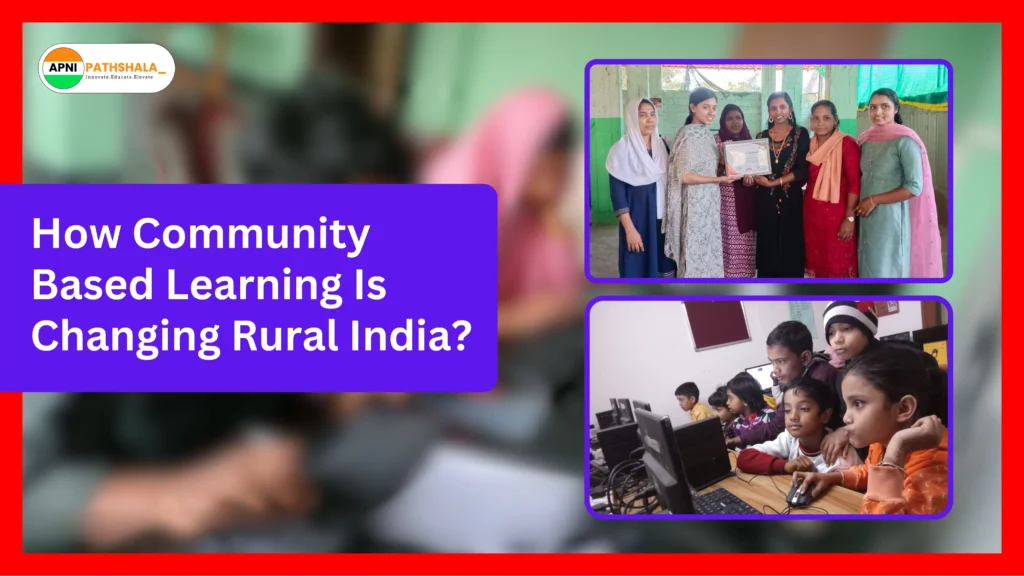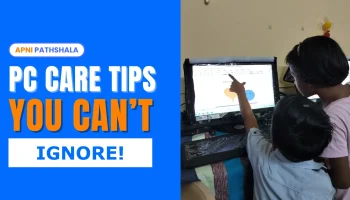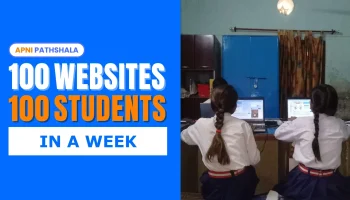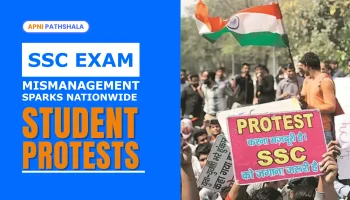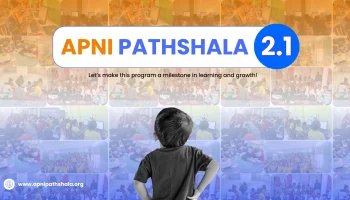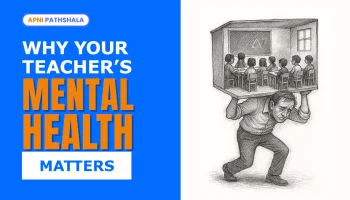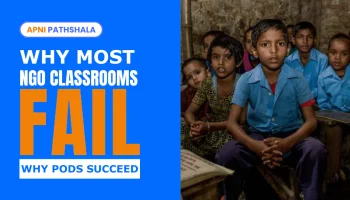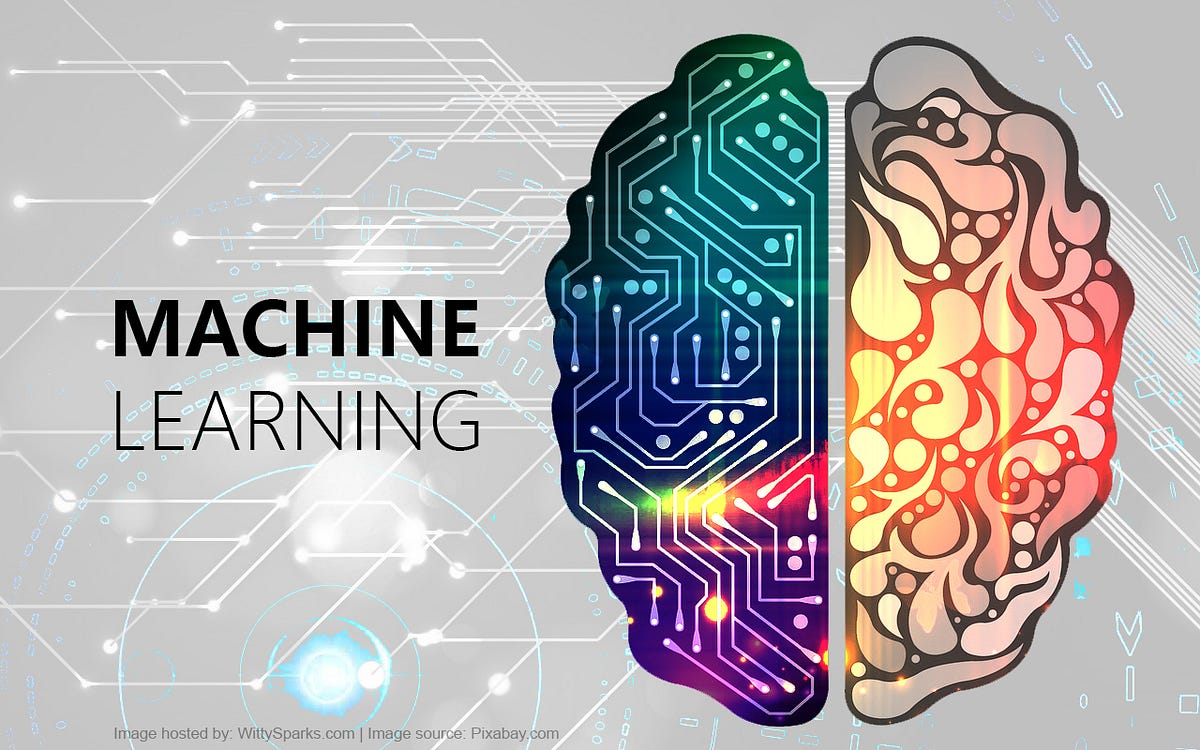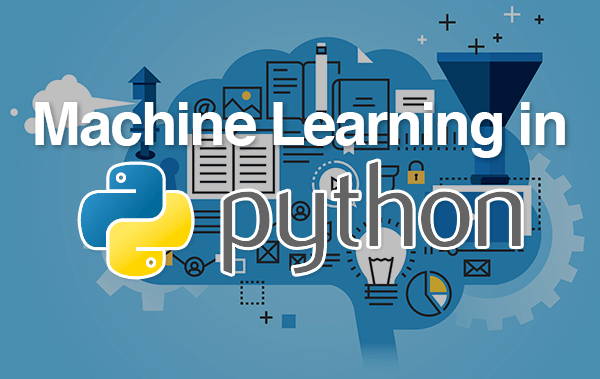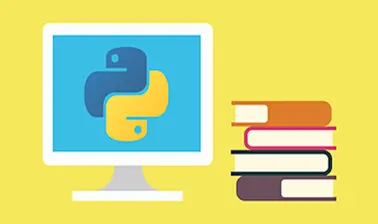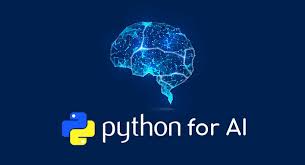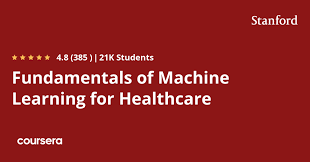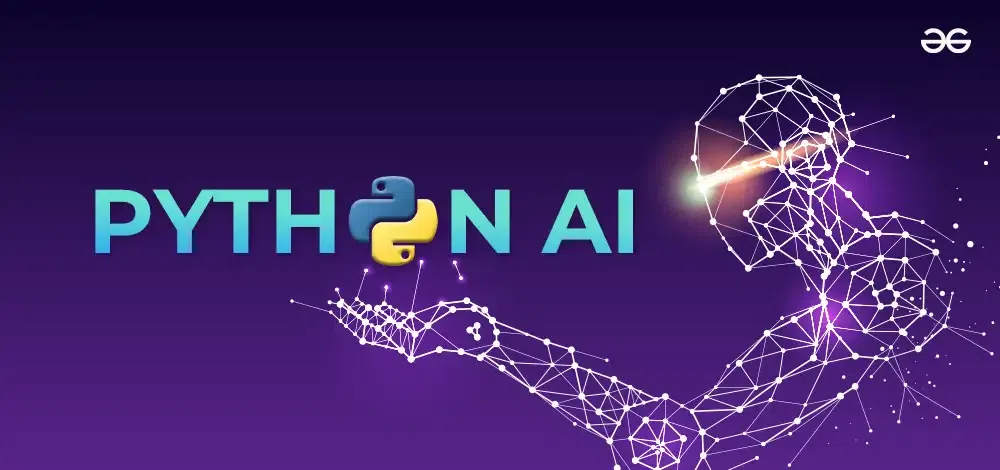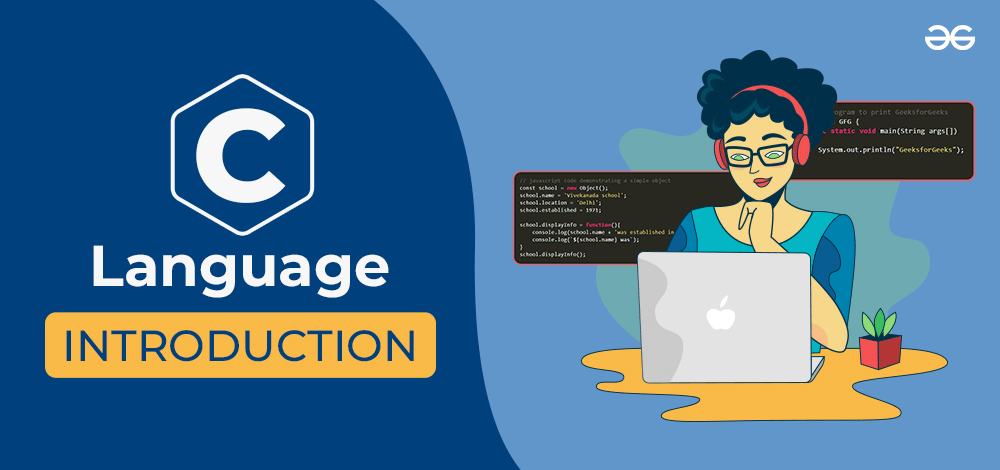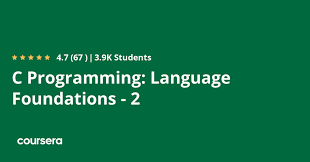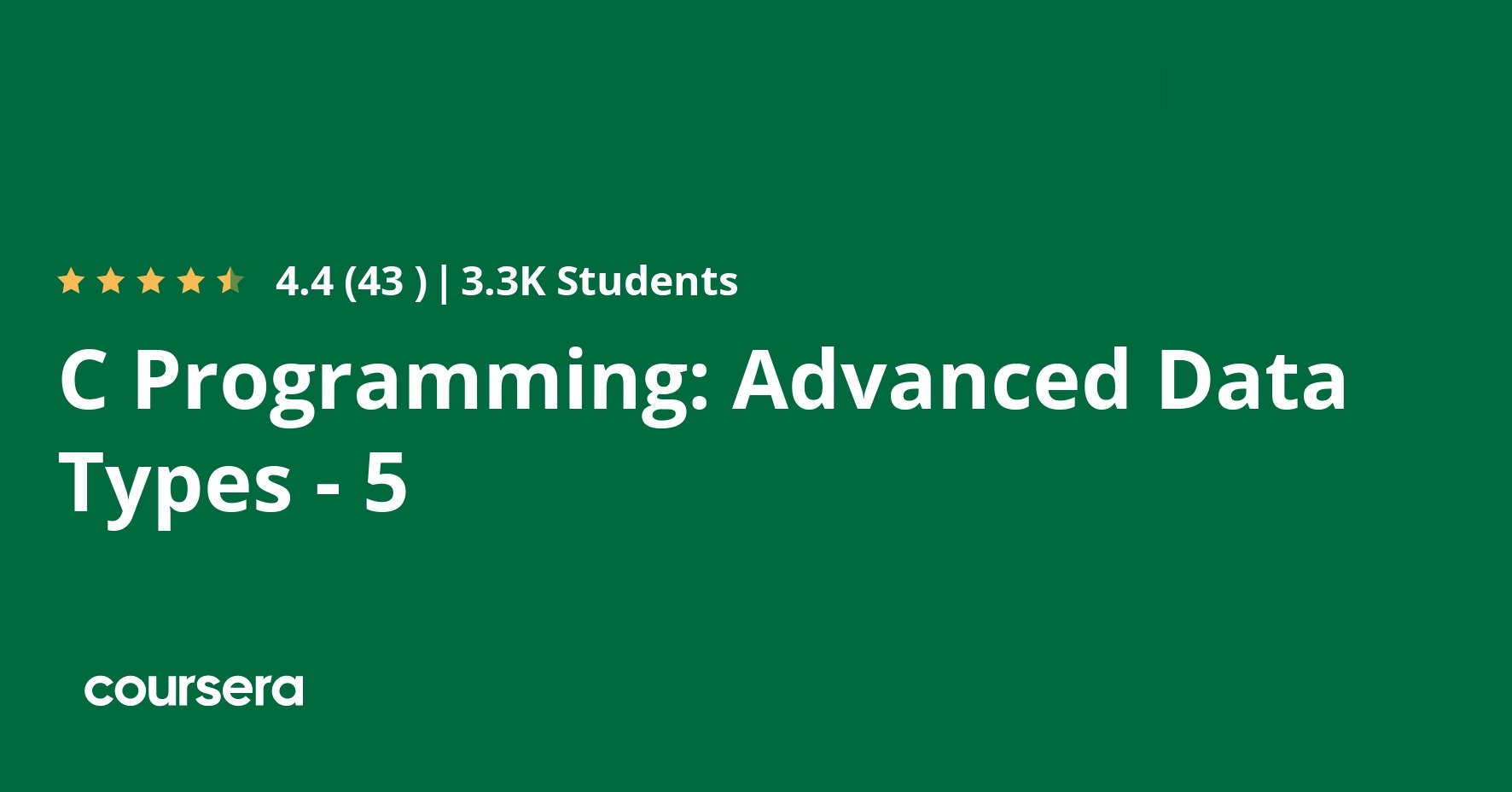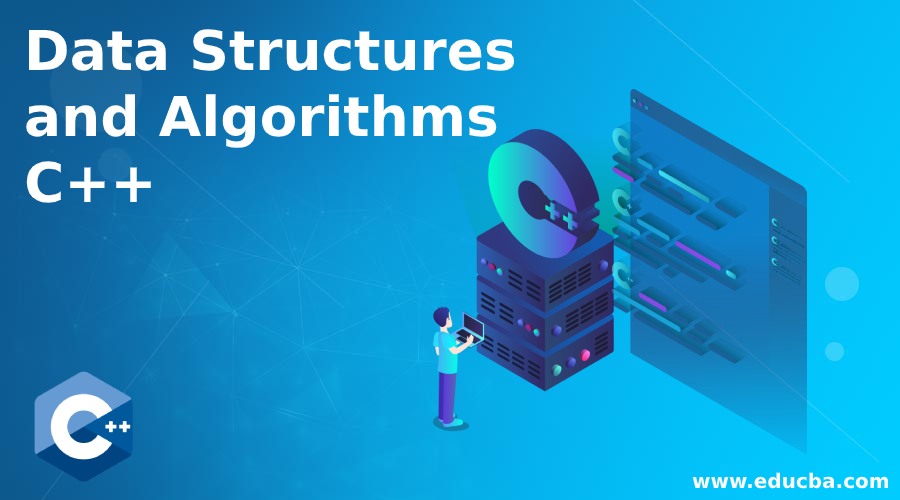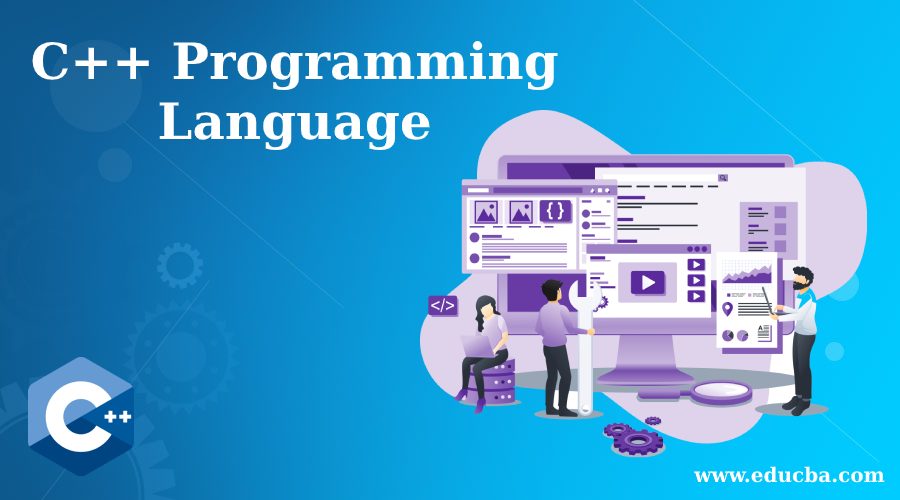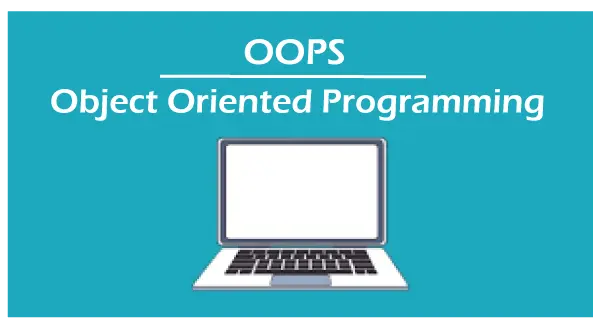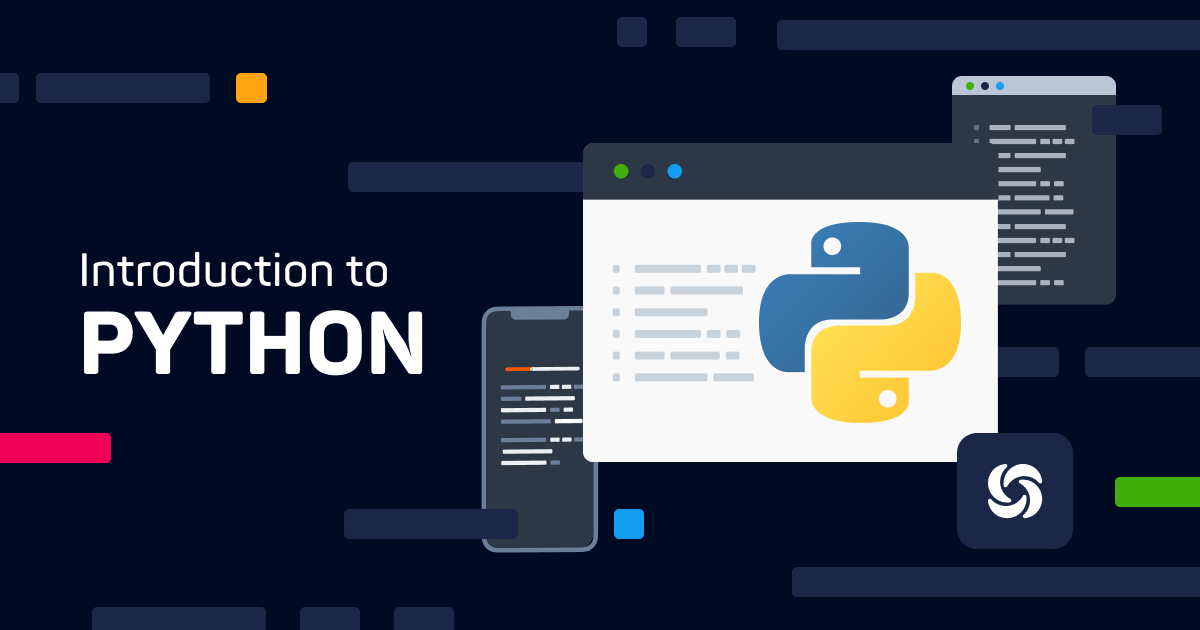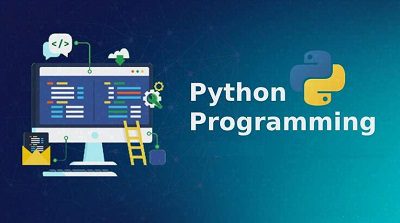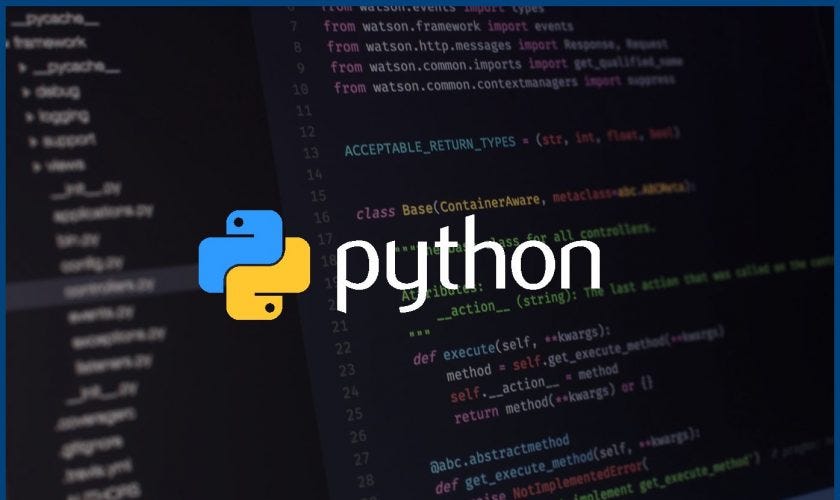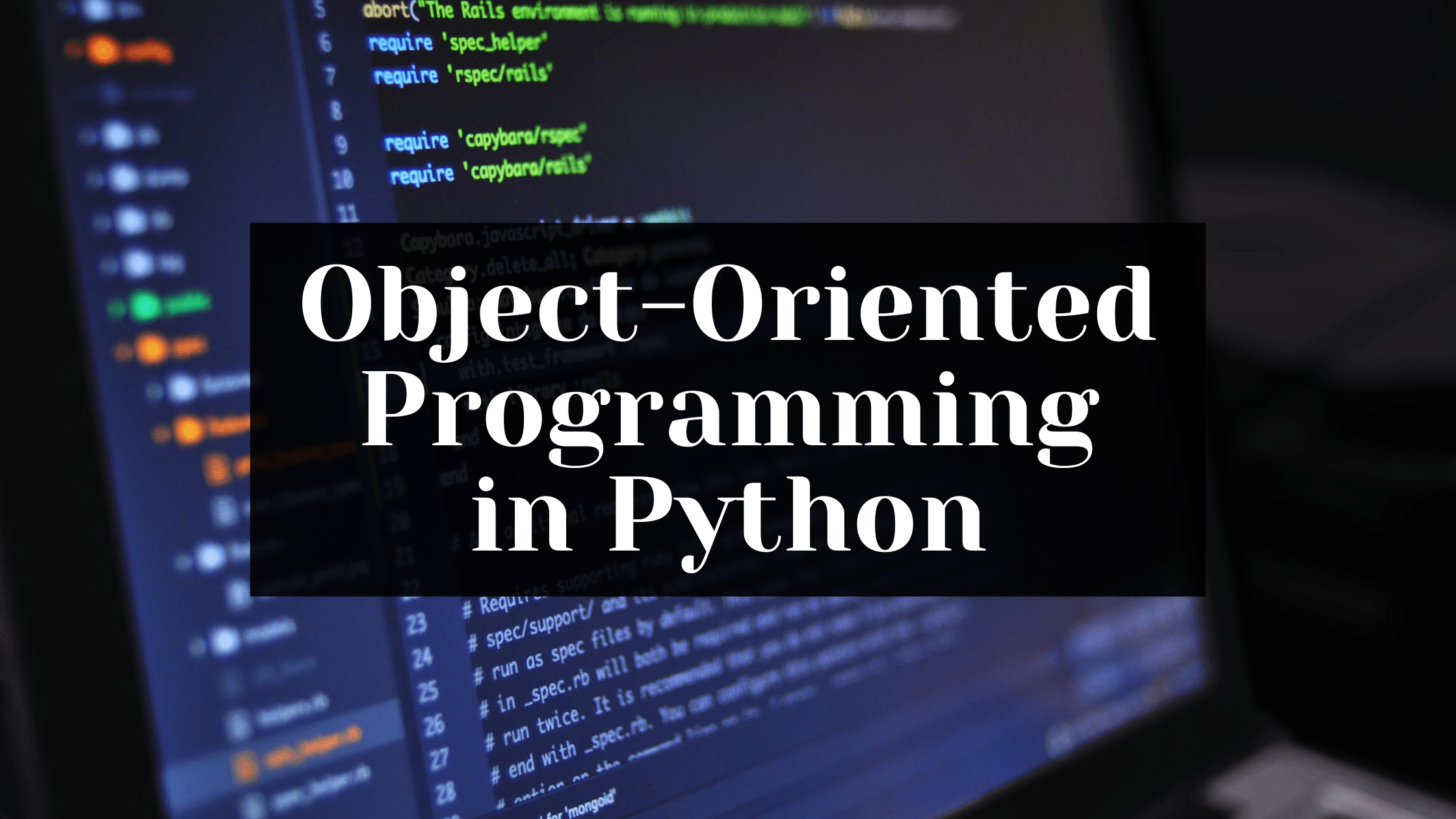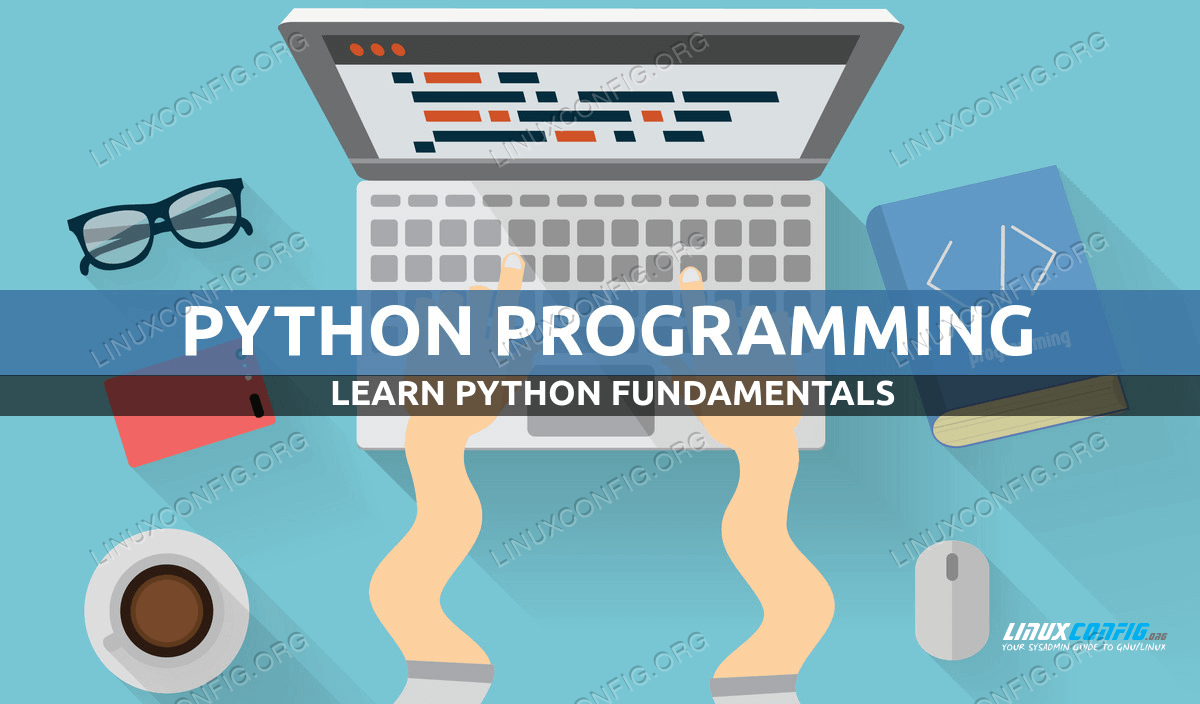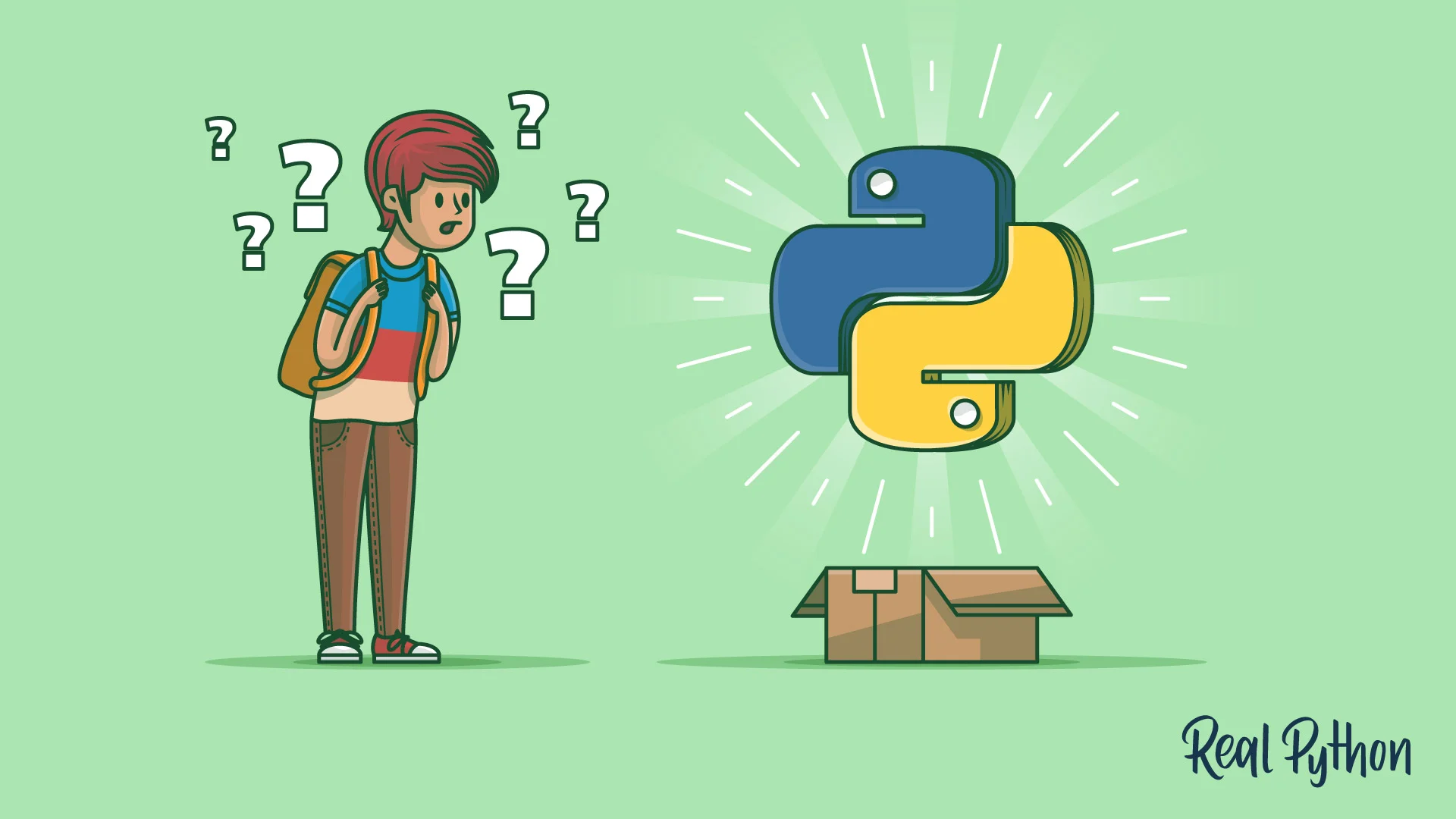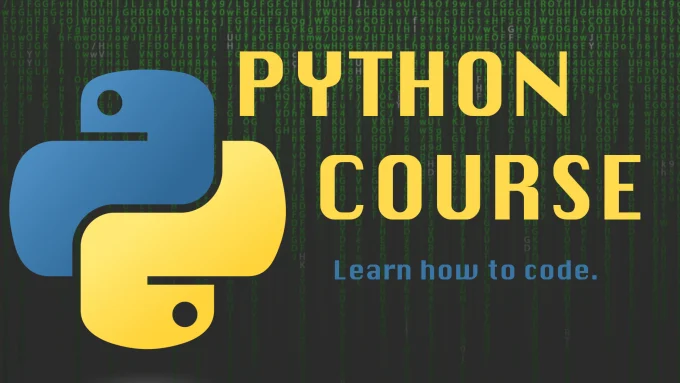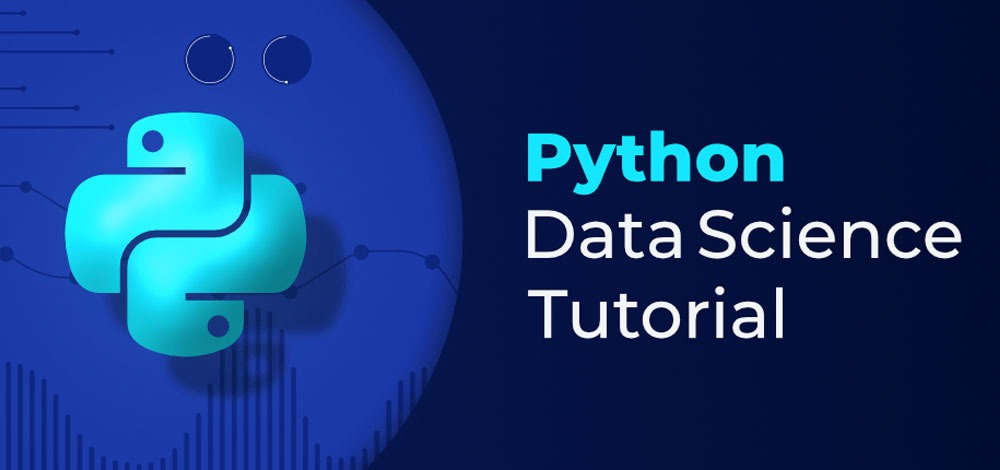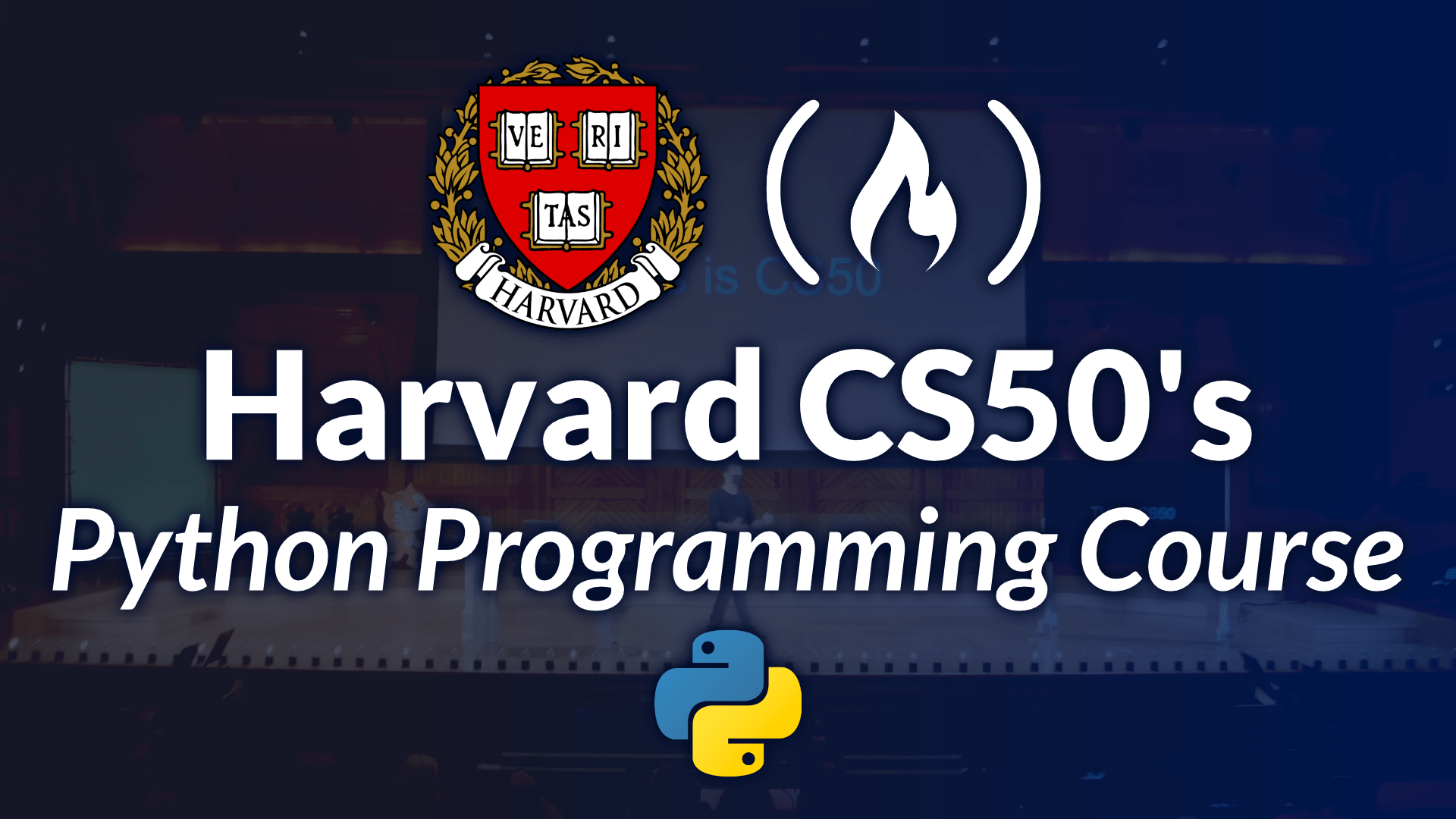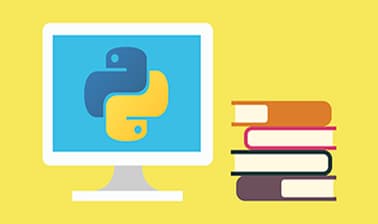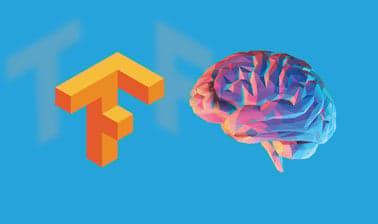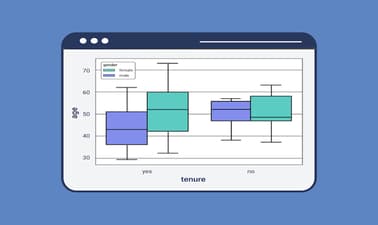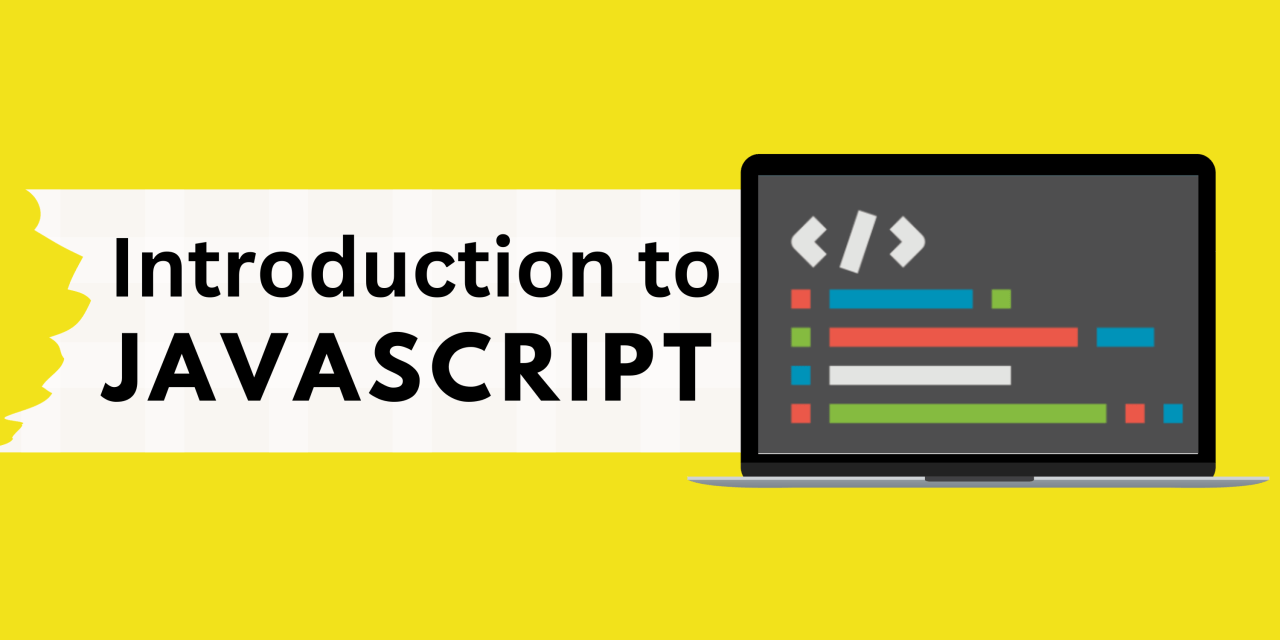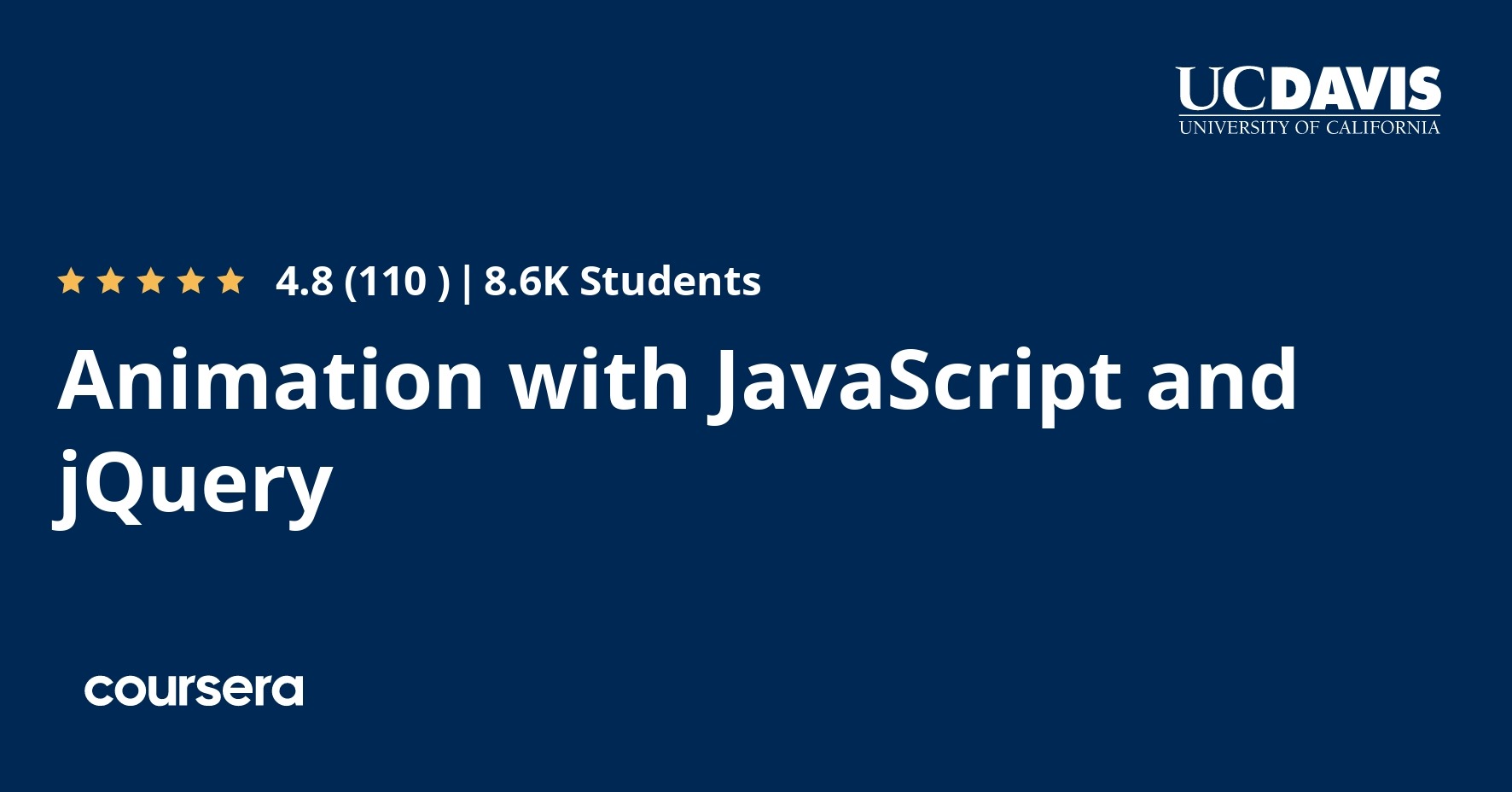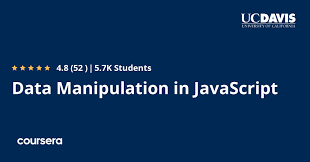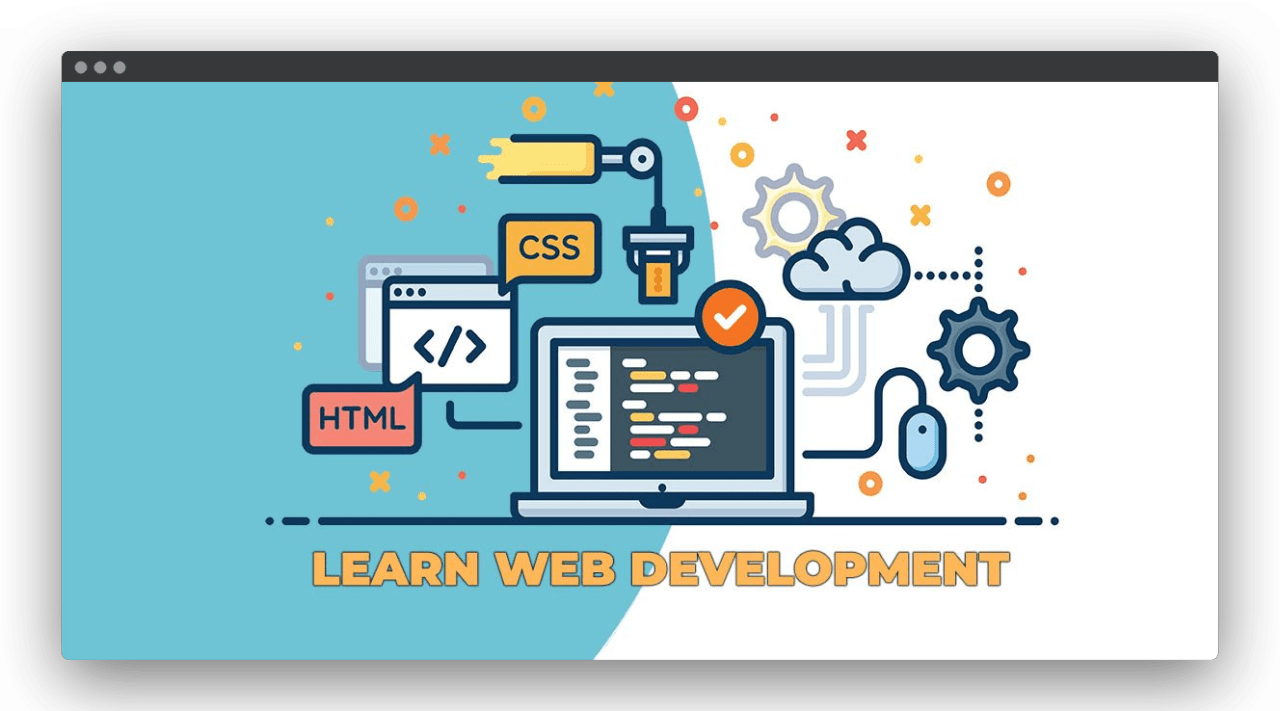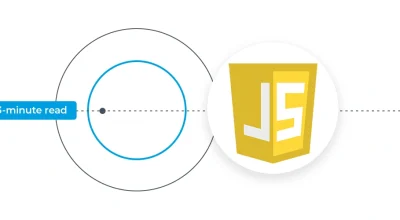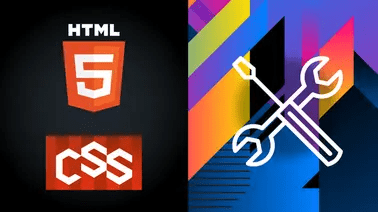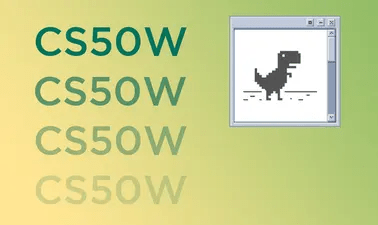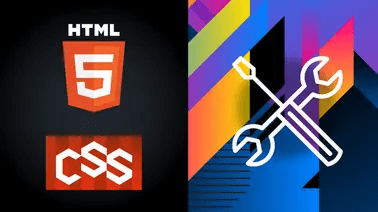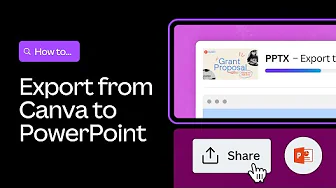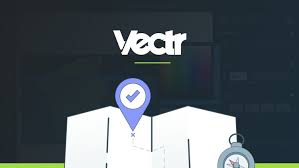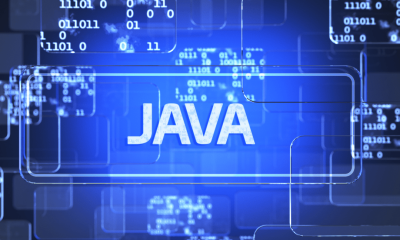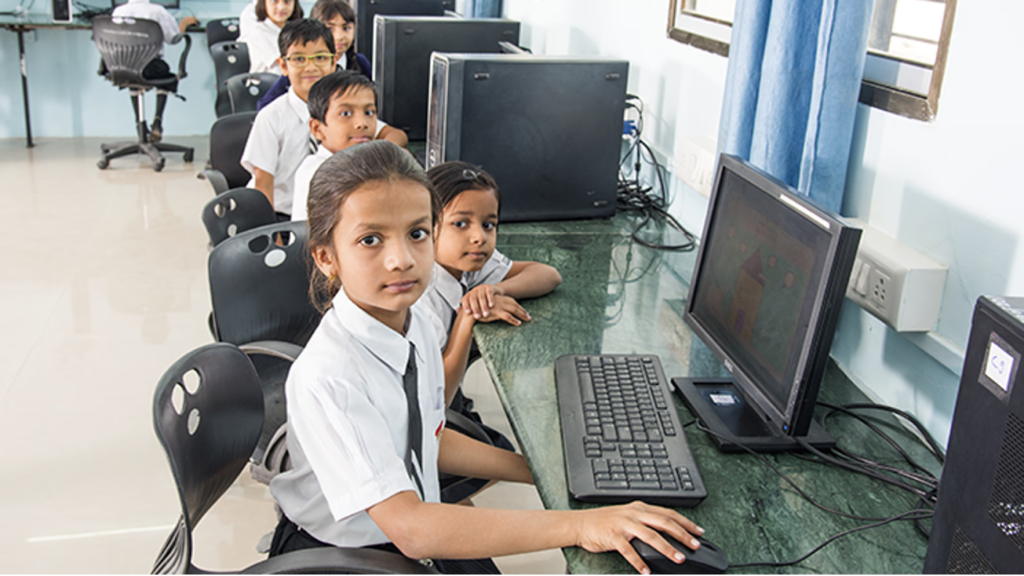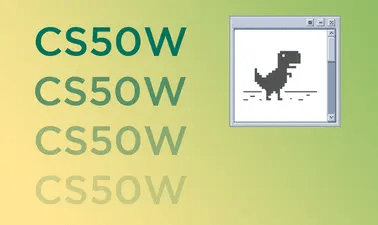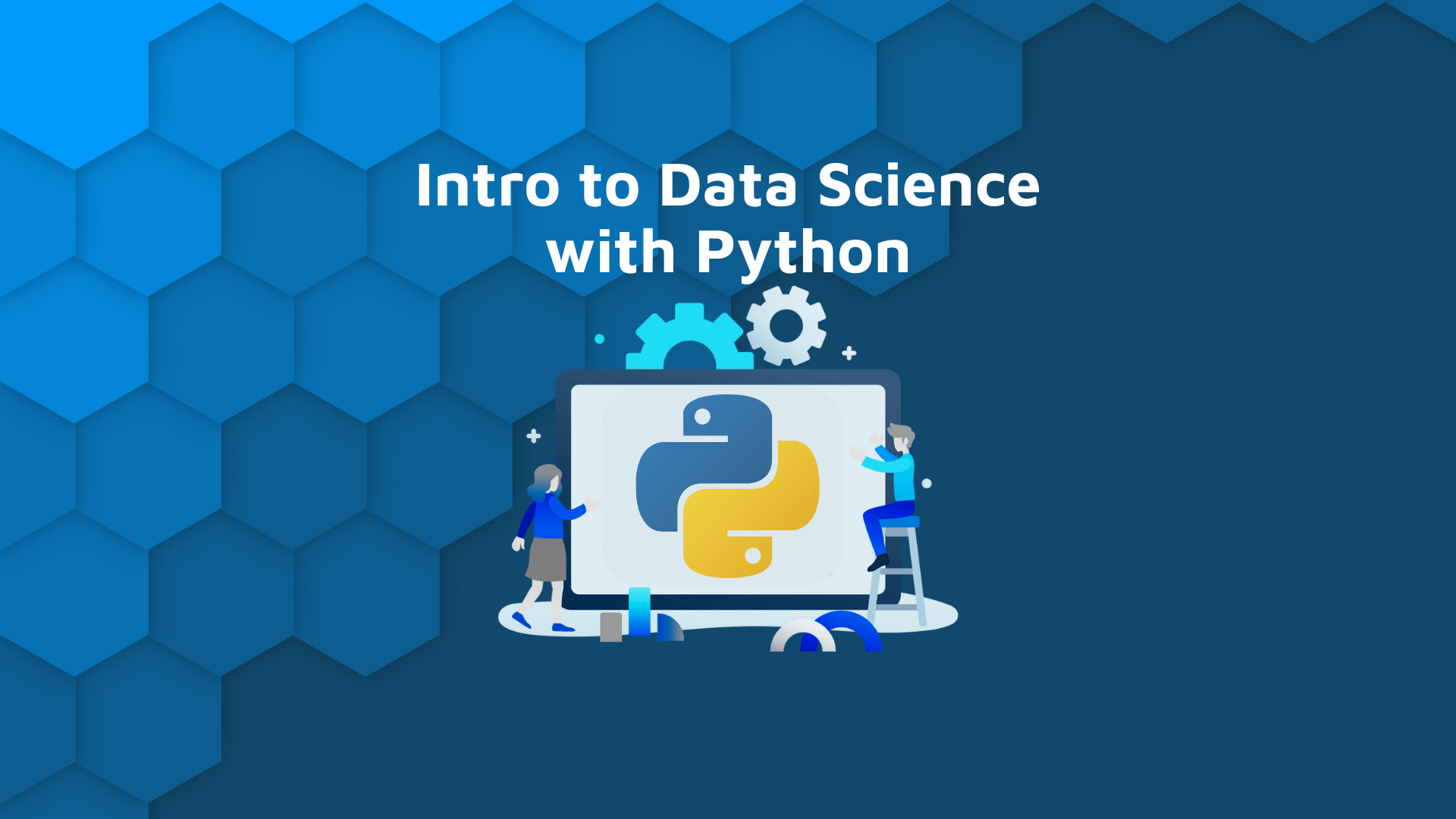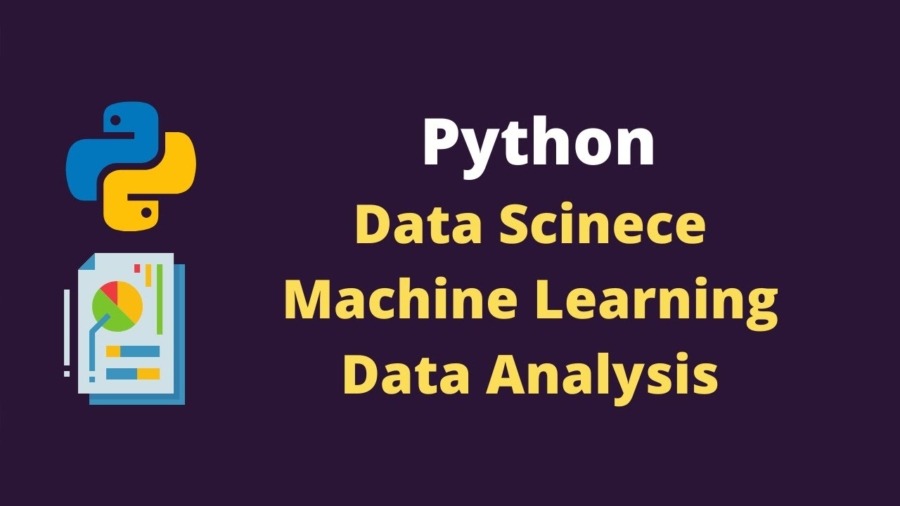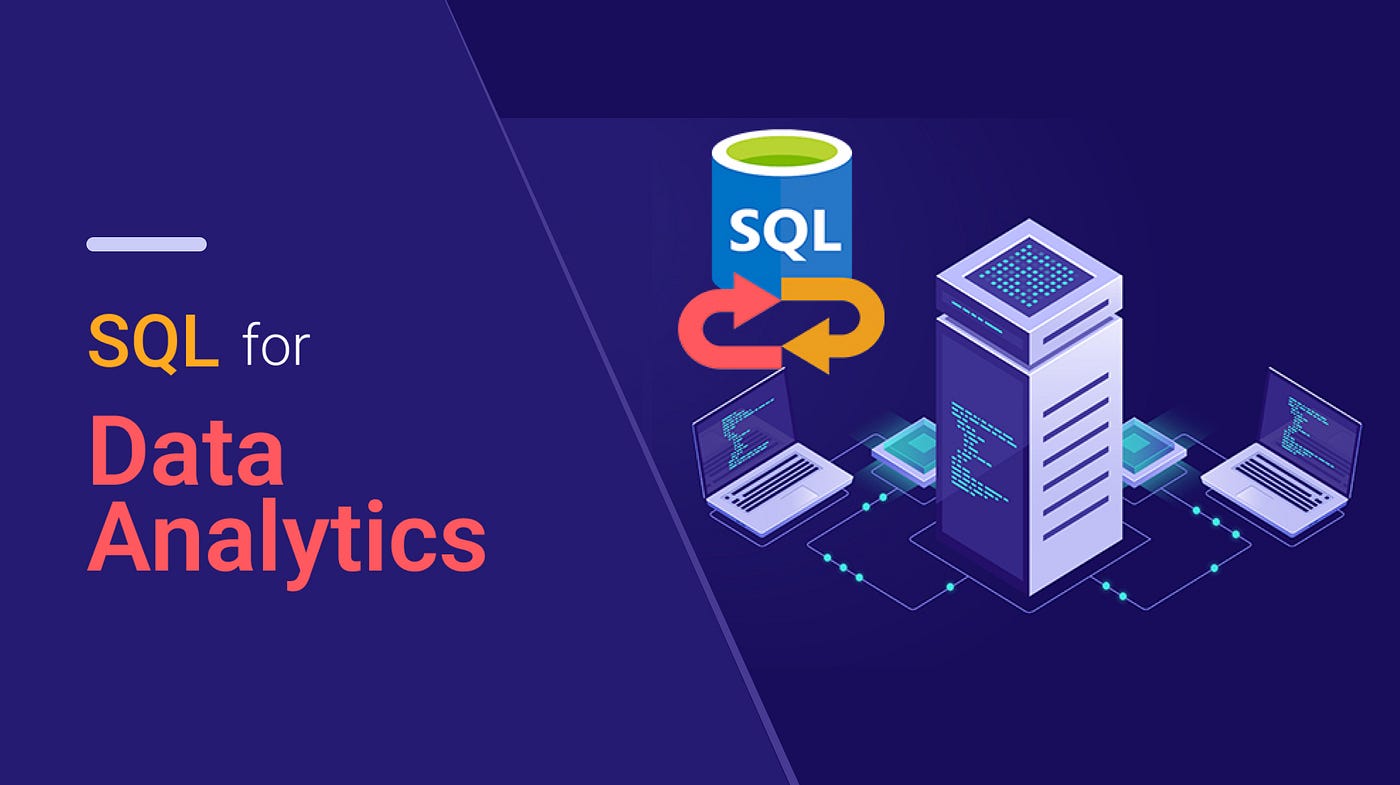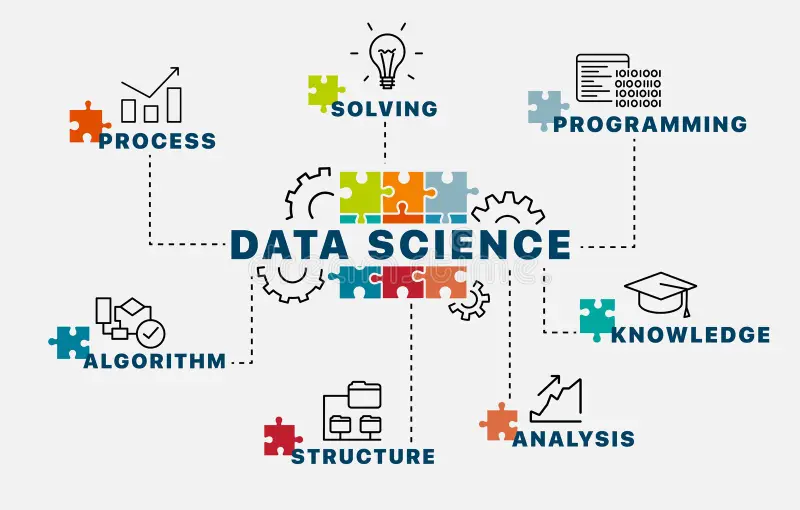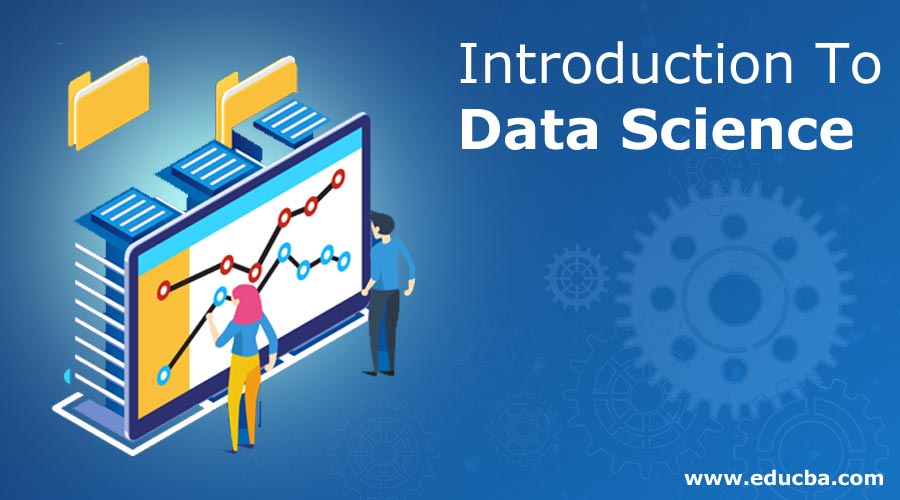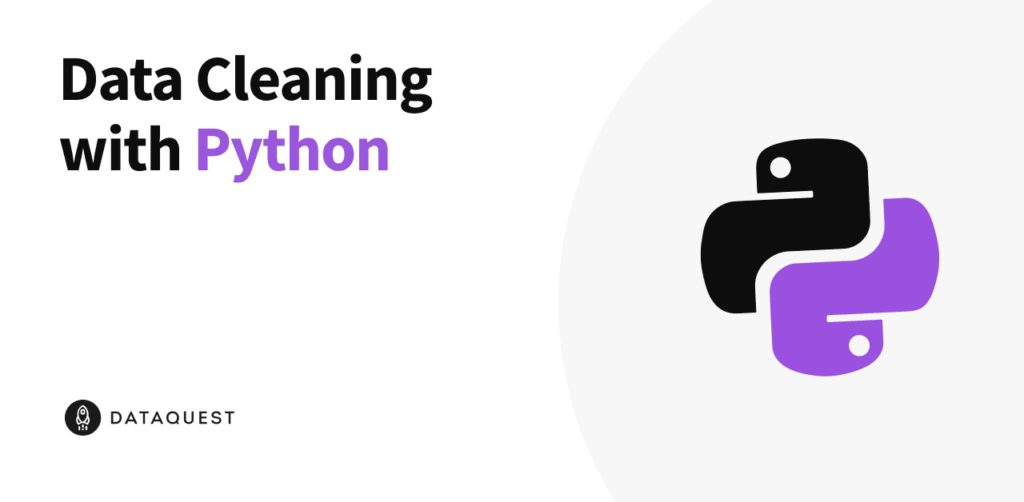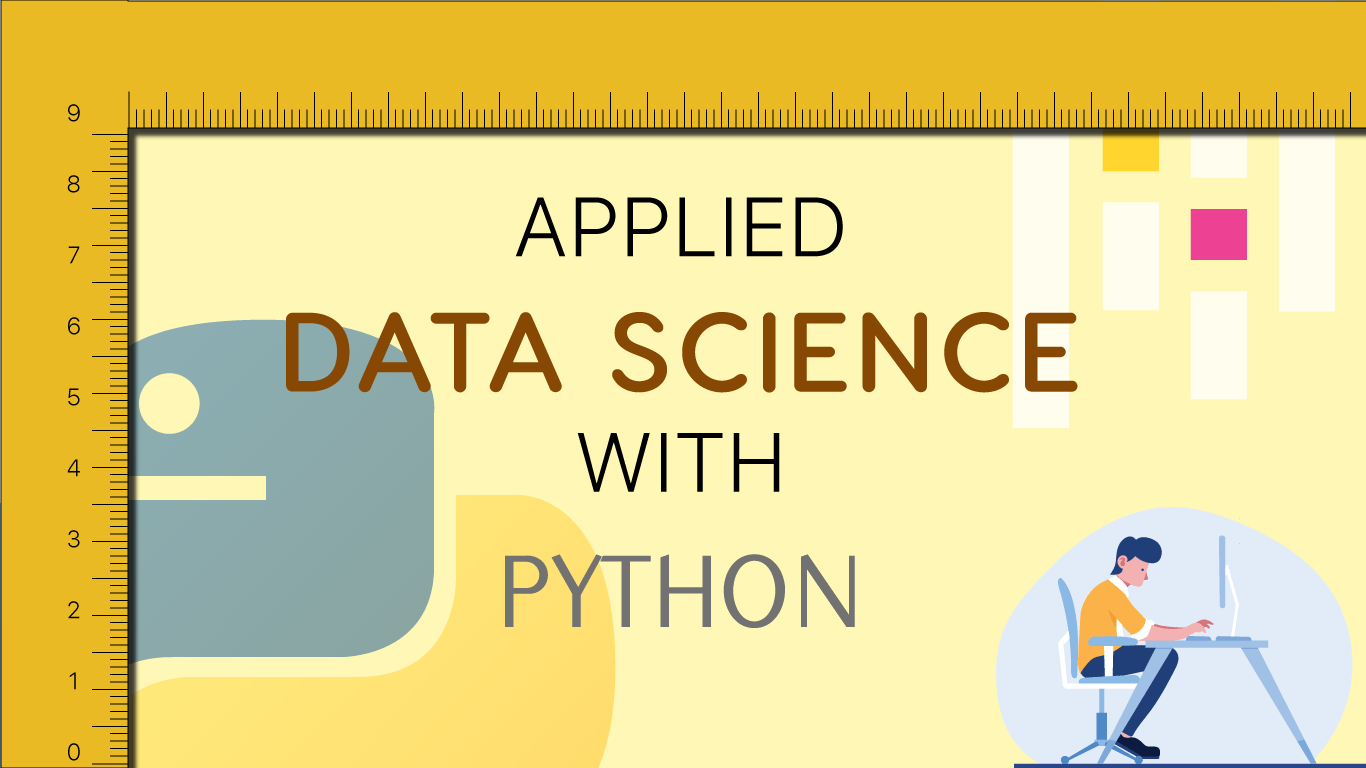The Education Crisis No One Talks About
Imagine this—you walk into a small village school in rural India. The classroom has barely any resources, the teacher struggles to manage multiple grade levels at once, and half the students are absent. Some are out working in the fields, some have dropped out because their families can’t afford school, and others simply don’t see the point of education that doesn’t help in real life.
This isn’t just one village. It’s millions of children across India who are left behind because traditional schooling doesn’t fit their reality.
But what if education wasn’t just confined to classrooms? What if the entire village became the school—where kids learned from farmers, artisans, entrepreneurs, and real-world experiences?
This is exactly what community-based learning in India is doing. It’s revolutionizing rural education by bringing learning outside textbooks and into real life.
What Is Community-Based Learning?
Community-based learning (CBL) is exactly what it sounds like—learning that comes from the community. Instead of just relying on schools and teachers, the entire village participates in educating children.
Here’s what it looks like in action:
- Farmers teaching science: Instead of learning about photosynthesis from a textbook, kids see it happening in the fields.
- Shopkeepers teaching math: Children calculate profits, expenses, and discounts in actual village shops instead of solving equations on paper.
- Elders teaching history: Instead of memorizing dates, kids hear first-hand stories about their culture and past.
- Local artisans teaching skills: Carpentry, weaving, pottery—children learn hands-on skills that can help them earn in the future.
- Digital learning bridging the gap: Tech-savvy youth introduce mobile learning apps and bring digital resources to rural kids.
The result? Education that is practical, engaging, and future-proof.
Why Traditional Schooling Fails Rural India?
Before we dive deeper into how to improve education in rural areas, let’s first understand why the current system isn’t working.
1. Lack of Schools & Teachers
Rural India faces a severe shortage of schools, making education a luxury rather than a right for many children.
- Distance is a barrier: Many villages do not have a functioning school, forcing children to walk 5-10 km daily just to attend classes. For younger kids, especially girls, this often means not going to school at all.
- Single-teacher schools: Most of India’s rural schools have only one teacher managing multiple grades. Imagine one teacher handling Math, Science, English, and Social Studies for students across different ages—impossible!
- High student-to-teacher ratio: While the national average is 35:1, rural schools often have over 50 students per teacher, making personalized attention a dream.
- Teacher absenteeism: Many government-appointed teachers don’t even show up regularly, and those who do are often undertrained and forced to follow an outdated syllabus.
With such challenges, is it surprising that so many kids in rural India never reach high school?
2. Financial Struggles Lead to Dropouts
For millions of families in rural India, education is not the top priority—survival is.
- Children are seen as economic contributors: In farming households, children help in the fields instead of attending school. In poorer families, kids start working at tea stalls, construction sites, or as domestic helpers to support their parents.
- Schooling costs more than just tuition: Even in government schools, parents have to pay for uniforms, books, travel, and midday meals. For families earning less than ₹5,000 a month, this is too much to afford.
- Girls suffer the most: When parents have limited resources, boys are prioritized for education, while girls are often married off early or kept at home for housework.
The cycle continues—parents are uneducated, so they don’t value education, and their children drop out, staying trapped in poverty.
3. Lack of Digital Access & Modern Learning Tools
We live in a digital world where kids in cities learn coding, AI, and robotics—but in rural India, many children haven’t even seen a computer.
- Many schools lack basic infrastructure—forget computers, many don’t even have proper toilets, drinking water, or electricity.
- Teachers themselves aren’t trained in digital education—even if rural schools get smartboards or tablets, many teachers don’t know how to use them.
- The digital divide keeps growing: Urban students get access to online learning, free YouTube tutorials, and digital courses. Meanwhile, rural students are stuck with outdated textbooks and blackboard lessons.
This is where community-based learning in India is a game-changer—because it fixes these issues at the root.
How Community-Based Learning Is SOLVING These Problems?
Now, let’s break down how this model is directly tackling rural education challenges and solutions:
1. Learning Happens Beyond Classrooms
Why limit education to schools when learning is all around us? Community-based learning makes the entire village a classroom, where students learn by doing, not just by reading.
- Farmers teaching real-world science: Instead of memorizing photosynthesis, kids learn about soil quality, plant nutrition, and sustainable farming techniques from actual farmers.
- Local shopkeepers teaching math: Kids don’t just solve profit-loss problems on paper—they actually help in local stores, handling cash and learning real financial skills.
- Artisans teaching vocational skills: Rural kids learn woodwork, metalwork, weaving, pottery, and other crafts that they can turn into businesses.
2. More Mentors = Better Learning
One overworked teacher in a crowded classroom isn’t enough—but when the whole community gets involved, learning improves drastically.
- Village elders become history teachers, sharing real stories instead of textbook paragraphs.
- Local entrepreneurs teach business basics, helping kids understand how to manage and grow a small enterprise.
- Youth volunteers introduce digital learning, showing children how to use online courses and mobile apps to expand their knowledge.
The result? More mentors = more engagement = better learning.
3. Education Becomes Relevant & Engaging
Community-based learning bridges the gap between theory and practice, making education useful and interesting.
- Math is learned in markets—kids understand percentages through real business calculations.
- Science is learned in farms—children see chemistry in action while making organic fertilizers.
- Language is learned through storytelling—elders and community members teach folk tales, history, and poetry in a way that connects to local culture.
When learning makes sense, kids stay in school.
4. Digital Learning Bridges the Gap
Even if rural schools lack computers, community-driven digital initiatives can make a difference.
- Low-cost smartphones + free online resources = rural kids get access to world-class education.
- NGOs provide tablets and e-learning centers where students can watch educational videos, take quizzes, and improve their skills.
- Hybrid learning models allow students to learn both online and offline, combining traditional knowledge with modern tools.
This ensures that rural kids don’t fall behind in the digital revolution.
Final Thoughts: The Future of Rural Education Starts Now
Education in rural India doesn’t need to be broken—it just needs to be reimagined.
By turning entire villages into schools, using real-life mentors, digital tools, and community involvement, we can change the future of millions of children.
The question is—will you be part of the change?
Join the movement at Apni Pathshala and help us bring learning to every child, no matter where they live.
FAQs
1: What is community-based learning in India?
A: It’s an approach where learning happens beyond schools—kids learn from local mentors, artisans, farmers, and digital tools, making education more practical and engaging.
2: How does community-based learning help rural students?
A: It fills the gaps in rural education—solving teacher shortages, making learning relevant, and preparing kids for real life instead of just exams.
3: Can community-based learning work without schools?
A: No, it works with schools, enhancing what students learn by making it real-world applicable.Q: How can I support community-based learning?
A: You can volunteer, donate, or partner with initiatives like Apni Pathshala to help educate rural children.

